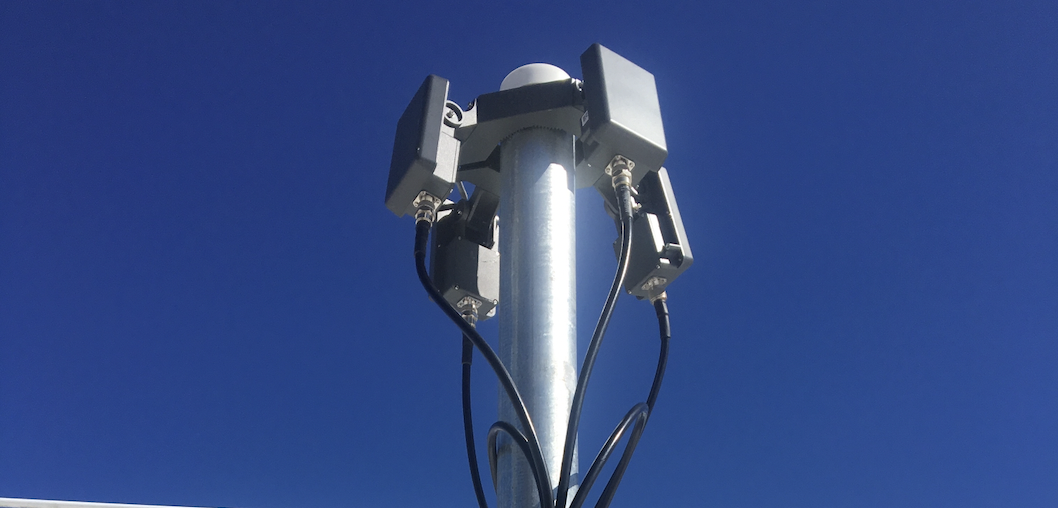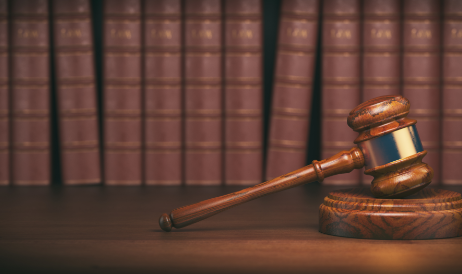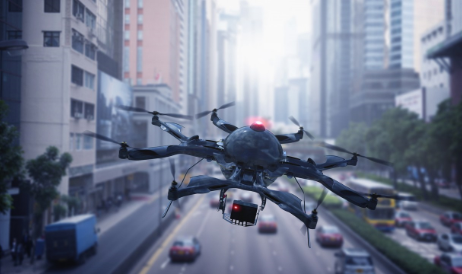One of the most frequent questions we hear from clients is, "Can your system take down a drone?" In a world of increasing aerial threats, the desire for a simple, powerful solution is understandable. However, the answer isn't a straightforward "yes" or "no." It's a "yes, but..." that hinges entirely on legal authority.
While active countermeasures like jammers and interceptors exist, their use is heavily regulated. This article addresses the legal realities of drone mitigation and explains why a "detect and track" capability is the non-negotiable foundation for any legitimate and effective airspace security strategy.
The Legal Framework: Who Has the Authority?
In most jurisdictions, including the United States, an unmanned aerial system (UAS), or drone, is legally considered an aircraft. Consequently, interfering with its operation is governed by federal aviation and communications laws. Acts such as electronically jamming a drone's signal, spoofing its GPS, or using kinetic force to bring it down can fall under statutes like the Aircraft Sabotage Act and the Communications Act of 1934.
For the vast majority of entities—including private companies, critical infrastructure sites, and even local law enforcement agencies—unilaterally "taking down a drone" is illegal. The authority to conduct C-UAS interdiction is currently reserved for a select few federal agencies, such as the Department of Defense and the Department of Homeland Security, operating under specific, congressionally-approved mandates.
The Foundation: Detect, Track, and Identify
This legal landscape underscores a critical truth: you cannot act on a threat you cannot see, and your actions must be informed and lawful. Before any mitigation can be considered, you must first have a comprehensive understanding of your airspace. This is the core function of a C-UAS system.
An effective system provides the essential situational awareness needed to mount a proper response. By detecting and tracking a drone, you can:
- Identify the Threat Level: Is it a clueless hobbyist or a malicious actor? Real-time tracking of the drone's flight path and payload can help make this determination.
- Alert and Notify: Provide law enforcement or authorized federal agencies with immediate, actionable intelligence, including the drone's location and potential pilot location.
- Enable Passive Defense: Implement safety protocols such as moving personnel indoors, closing sensitive areas, or halting operations until the threat has passed.
- Gather Evidence: Create a verifiable record of the intrusion for subsequent investigation and legal action.
A robust detection capability is the bedrock of security, empowering you to take decisive, legal action to protect your assets and personnel.
For Authorized Users: The Smart & Autonomous Jammer
For those entities that possess the legal authority to actively neutralize a drone threat, a detection system can be integrated with advanced mitigation tools. This creates a seamless "detect-to-defend" security posture. Our Smart & Autonomous Jammer is one such available hardware addition for our Essential, Enhanced, and Complete drone detection solutions.
Designed for authorized use, this system provides comprehensive control of your airspace.
Smart & Autonomous Jammer Add-On
- Defense Range and Angle: It offers a defense range of up to 1.9 miles with full 360° all-airspace defense.
- Autonomous Operation: The system features smart and autonomous mitigation capabilities and can be activated either manually or automatically.
- Multi-Band Neutralization: It is capable of multi-band frequency neutralization , jamming common drone frequencies such as 433MHz, 900MHz, 1.5GHz, 2.4GHz, 5.2GHz, and 5.8GHz, with an optional 1.2GHz band.
- GNSS Disruption: The jammer effectively disrupts all major Global Navigation Satellite Systems (GNSS), which are critical for drone navigation.
- Robust and Versatile: Built with an Ingress Protection Rating of IP66 , it can operate in temperatures ranging from −4∘F to 140∘F. It is highly adaptable, with stationary, tripod, and vehicle mounting options available.
Who is Authorized?
- The Federal Government: The authority to use drone jammers is generally limited to the federal government.
- Specific Federal Agencies: This authority is reserved for agencies such as the Department of Defense and the Department of Homeland Security, operating under specific mandates. The military, federal police, and first responders may use the technology when operating under federal authority.
Due to these strict regulations, jammers are deployed only in high-stakes scenarios. Common applications include securing national security operations, military facilities, and high-profile events like the Super Bowl or the Olympics.

.webp)










